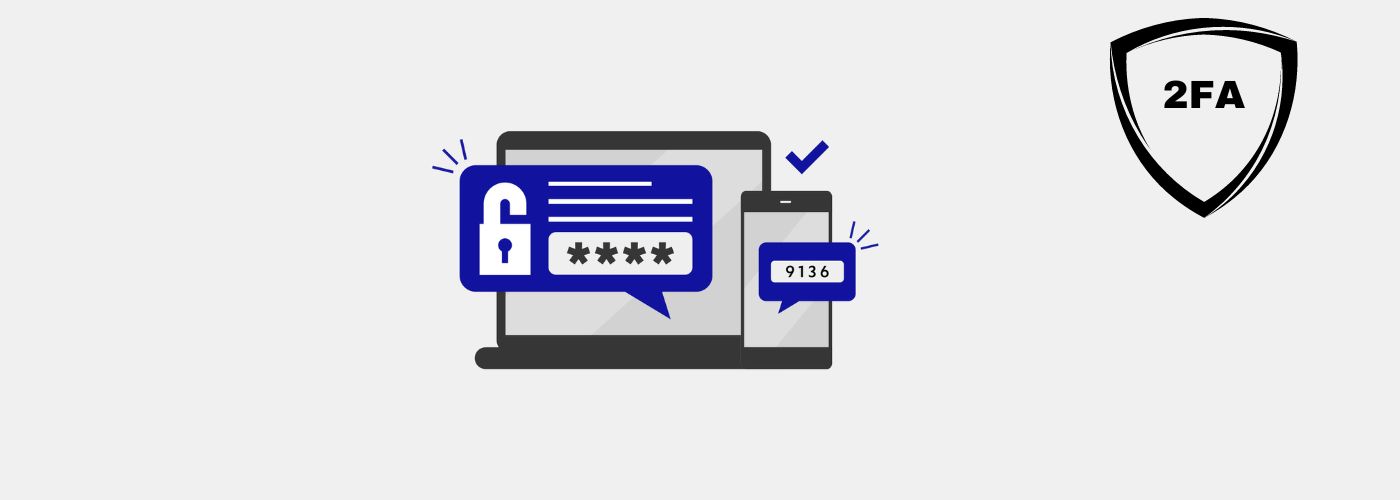Remember the days of logging into your bank account with just a username and password? Those quaint times are fading fast, especially for sensitive actions like updating your banking information. In 2024, two-factor authentication (2FA) is poised to become the gold standard for securing your hard-earned cash, and for good reason.
Two-factor authentication (2FA) has become increasingly important for online security, especially for sensitive transactions like banking updates.
Why the 2FA Surge?
Think of 2FA as adding an extra padlock to your bank’s vault. It requires not just your password (the key), but also a second factor like a code, fingerprint, or security key (the extra lock) to gain access. This makes it significantly harder for hackers, even if they steal your password, to plunder your funds.
But 2FA isn’t just about individual vigilance. Regulatory bodies are increasingly emphasizing its importance. Expect stricter guidelines and even mandates for financial institutions to implement robust 2FA mechanisms in 2024. So, whether you’re a tech-savvy early adopter or a security skeptic, embracing 2FA is becoming less of a choice and more of a necessity.
Beyond the Boring Text Code:
While the trusty text message code will likely remain a common option, 2FA is evolving. Get ready for:
- Biometric magic: Imagine using your fingerprint or a selfie to confirm your identity. Not only is it cool, but it’s also highly secure and eliminates the need to fumble for codes.
- Push notification ease: Forget waiting for texts. With a simple tap on your smartphone app, you can verify transactions in seconds, making 2FA a breeze.
- Hardware muscle: For the ultimate security blanket, hardware tokens or security keys offer an extra layer of protection, ideal for high-value transactions or added peace of mind.
Benefits for Users:
- Enhanced security against unauthorized access and fraudulent transactions, providing peace of mind for users.
- Potential reduction in fraudulent chargebacks and disputes, improving the overall banking experience.
- Increased trust and confidence in online banking platforms due to the stronger security measures.
Challenges and Considerations:
- 2FA isn’t all sunshine and rainbows. Some users, particularly those less tech-savvy, might find new methods daunting.
- Not everyone might be comfortable with using new 2FA methods, especially older users or those with limited access to technology.
- Banks need to ensure user education and provide clear instructions on how to use different 2FA methods effectively.
- Balancing security with convenience is crucial, and 2FA methods should not create unnecessary friction for legitimate users.
The Balancing Act: Security vs. Convenience
Of course, no security measure is perfect. Some users, particularly those less comfortable with technology, might find new methods daunting. This is where banks need to step up their game, offering clear instructions, educational resources, and alternative options to ensure everyone feels secure and included. Additionally, striking the right balance between security and convenience is crucial. 2FA shouldn’t create unnecessary hurdles for legitimate users trying to manage their finances.
The Verdict: A Secure Future for Your Bank Balance
Despite the minor bumps, the widespread adoption of 2FA in 2024 is a positive step forward. It empowers users to take control of their financial security, while banks benefit from reduced fraud and increased trust. Remember, even the strongest lock is only as good as the key you use it with. Choose strong passwords, keep your 2FA credentials safe, and be wary of phishing scams. By working together, we can make 2024 the year we leave basic banking security in the dust, ushering in an era of greater financial peace of mind.
In general, it is expected that 2FA will be widely used for financial transactions in 2024 due to a combination of security concerns and legal obligations. Both users and financial institutions will greatly benefit from this.
